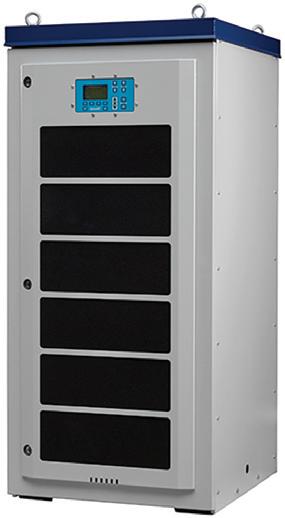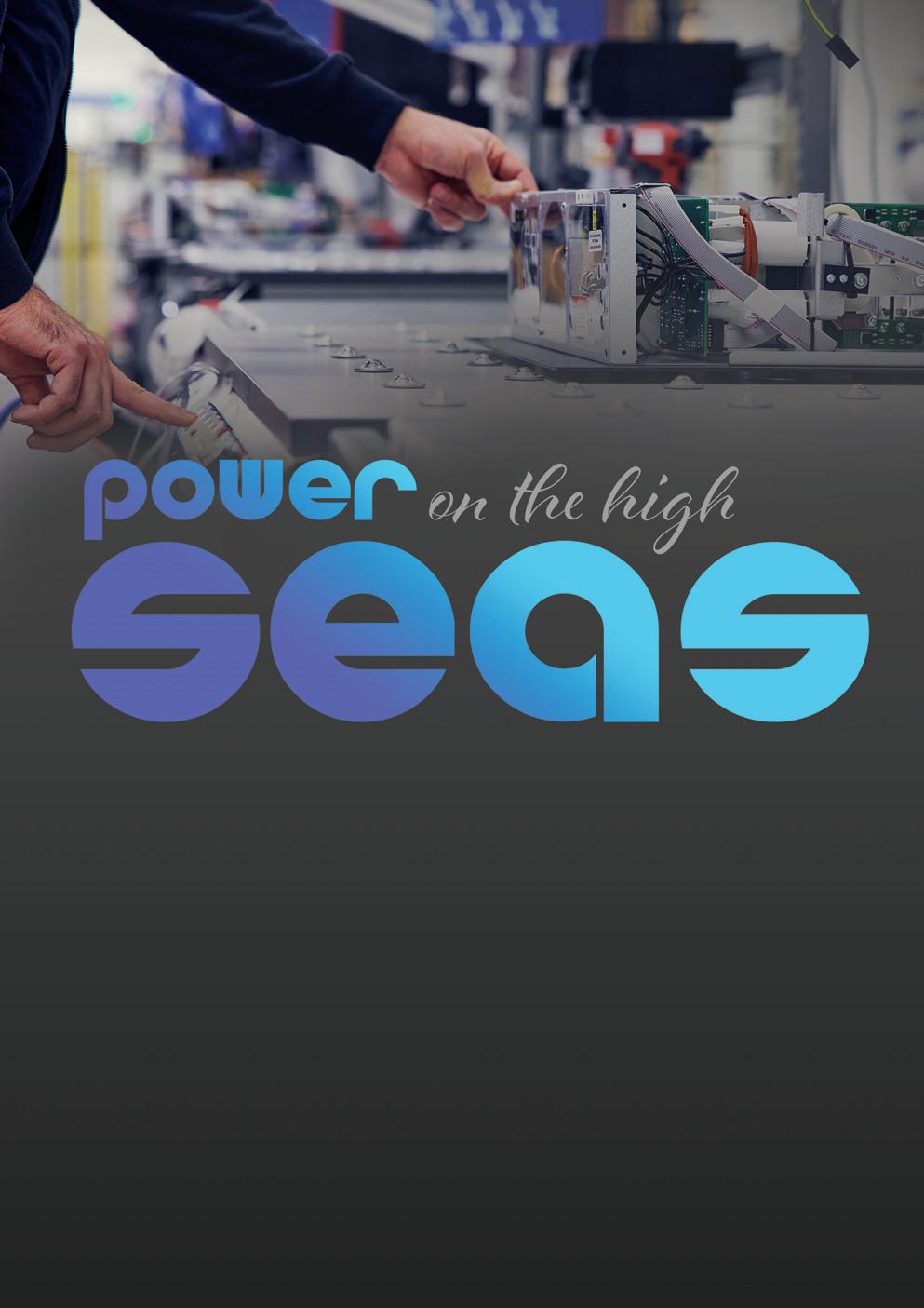
7 minute read
Power on the high seas
KRAFTPOWERCON I PROFILE
Electronics manufacturing specialist KraftPowercon, based in Sweden, provides a range of power solutions that include systems to treat ballast water in commercial vessels. Despite already being one of the top suppliers for ballast water treatment solutions and the market leader in its industry across major markets including the United States and Europe, it continues to enjoy double-digit growth. Product Manager Goran Stenmark and Tommy Rochhausen, Business Unit Director – Marine, chatted to Richard Hagan about the secrets to its success in this niche industry.
Advertisement
With almost 100 years of history behind it, KraftPowercon is no newcomer to its business.
From its headquarters just outside Gothenburg in Sweden, and powered by a global staff roster of over 450 people, it develops and produces a range of solutions specifically geared for the transformation of electricity. Its products manage and secure electrical processes across a wide range of industries and applications such as commercial ships, nuclear plants, renewable energy projects, and general industry.
While much can – and indeed has –been said about those other industries, Goran Stenmark, Product Manager at KraftPowercon, was keen to highlight the company’s exciting work in the marine industry specifically.
“The focus of our business unit is on the marine industry, where we generally supply solutions for powering the systems or technology sold by our OEM customers,” he said.
Powering up new technology
One of KraftPowercon’s latest innovations for the marine market is ECKraft. This air-cooled rectifier, developed especially for ballast water management systems, is a category that KraftPowercon specialises in.
“We are proud to announce that ECKraft has now been type-approved and launched to the market,” Mr Stenmark declared. “Currently, our customers are busy with the next step of the process which is including ECKraft in their systems, after which they
KRAFTPOWERCON I PROFILE
will be able to start using it. We’re now at the stage where a number of new customers have already selected it as their preferred alternative, so it’s very exciting.”
Whilst confirming that the market for its products is relatively niche, the company has experienced remarkable success with the potential customers that KraftPowercon has demonstrated the product to.
“The potential market for the product is very limited, but we’ve focused on speaking to as many potential customers as we can, and we’ve been extremely successful in terms of the number of customers who we’ve attracted,” Mr Stenmark revealed.

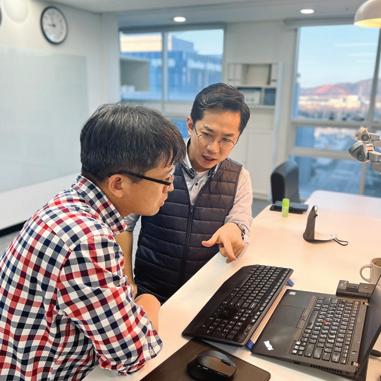
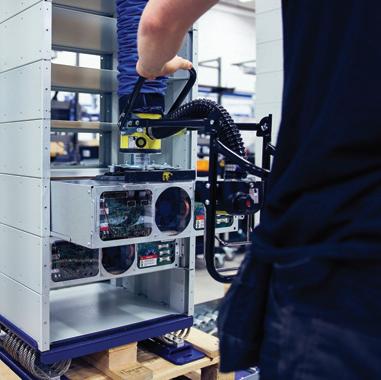
Electrifying electrochlorination
In the ballast water treatment industry, two of the most popular solutions are either UV treatment or electrochlorination. KraftPowercon exclusively focuses on solutions for the latter.
“Electrochlorination (EC) involves splitting water molecules into sodium hypochlorite which we use to disinfect the ballast water,” explained Tommy Rochhausen, Business Unit Director – Marine. “In vessels with higher ballast water loads, the preferred solution tends to be EC whereas vessels dealing with lighter loads often prefer UV treatment systems. The acquisition cost of UV systems is lower but they require higher maintenance costs, so it’s a trade-off that depends on the size of the vessel and its ballasting loads.”
Mr Stenmark, meanwhile, emphasised the relative complexities of UV systems versus KraftPowercon’s more straightforward EC solution.
“UV systems require that you need to reach every single drop of the ballast water with your UV light in order to ensure that the whole volume of water is treated,” he explained. “That makes it much harder to scale up the system’s treatment volume because you end up having to add more and more UV systems in parallel, making it expensive and time-consuming. An EC system is easier to scale because the process produces the treatment chemical that you simply pour into the ballast water flow, and from there, it spreads automatically.”
In a challenging market that exists almost exclusively as a result of environmental legislation, KraftPowercon is nevertheless enjoying major success with its EC systems.
“Vessel owners are not very keen to spend a lot of money on ballast water management systems,” Mr Stenmark confirmed. “We rely on our customers’ sales efforts and we’re fortunate that their strategies are working because we’ve enjoyed a really great number of sales in the past year. We’ve had a record year in terms of revenue.”
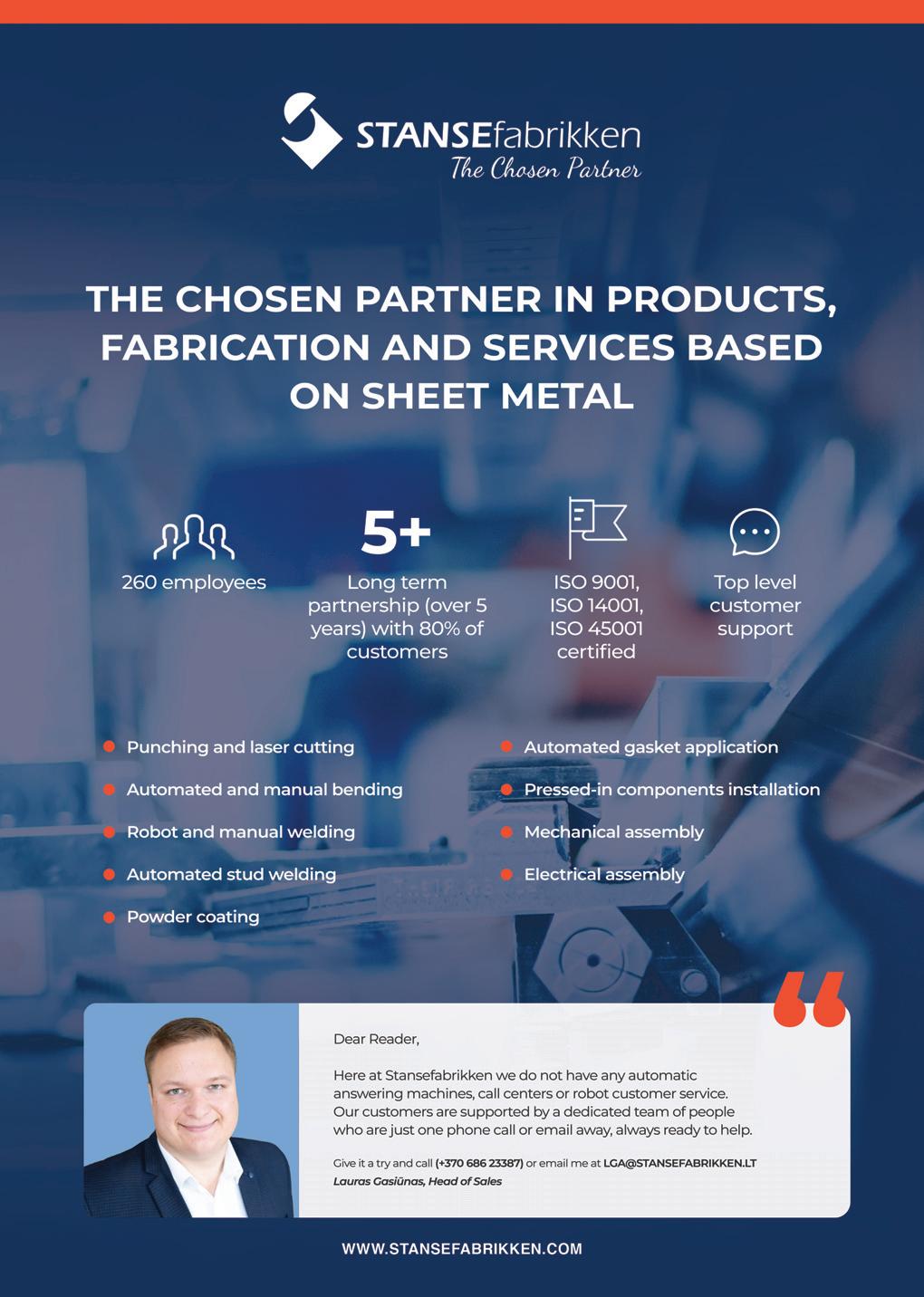
KRAFTPOWERCON I PROFILE
A future in hydrogen
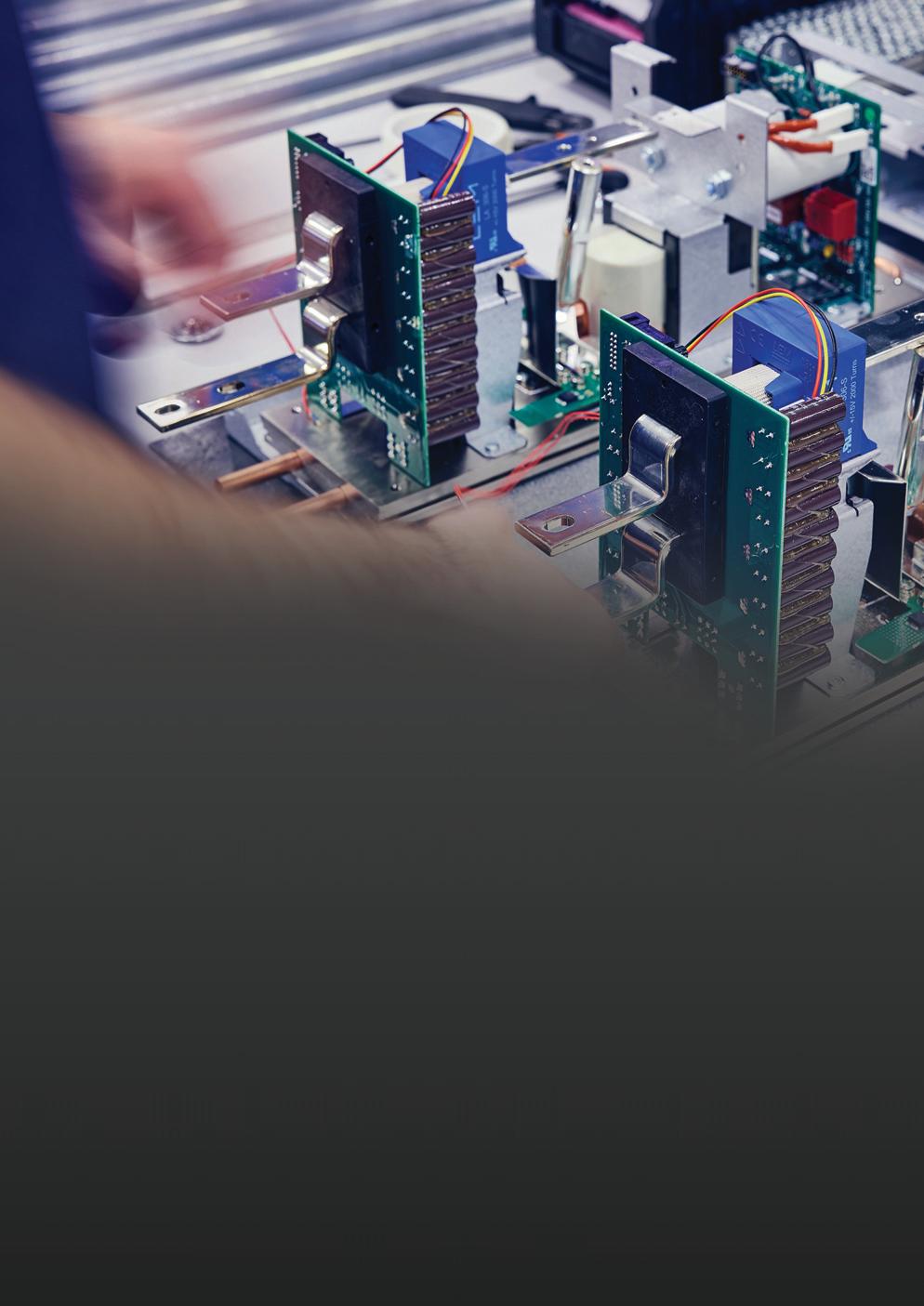
Meanwhile, the company is seeing increasing activity in systems for hydrogen production, decarbonisation in the marine industry, semiconductor manufacture, and crystal growth.
But given the world’s increasing demand for hydrogen, particularly as a possible replacement fuel source for passenger vehicles, Mr Rochhausen explained that it’s the hydrogen market that the company is especially interested in.
“The market for hydrogen production is huge and so production of hydrogen is a big thing for us, including the use of it together with fuel cells. We think this might come into the marine market in the future as well.
“There is also major downward cost pressure,” he added. “There’s a constant race in the hydrogen industry to reduce the cost of its production. It’s a real challenge for all of the stakeholders involved.”
The company has already begun delivering rectifier power supplies to electrolysis systems manufacturers involved with hydrogen production; its power supplies are a core component involved in the production of hydrogen gas. Trials are already underway in Sweden involving the production of green hydrogen that is powered by wind turbines or other renewable sources.
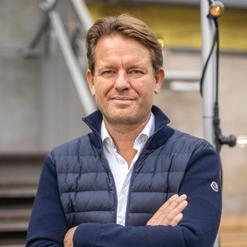
Tommy Rozh ausen , B u s i n e s s Un it Director
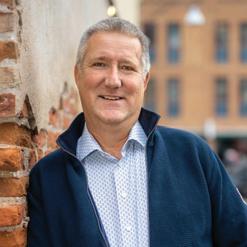
Group growth
KraftPowercon has seen phenomenal sales growth in the past few years. While the group’s marine business unit has been particularly successful, the whole group has enjoyed significant growth.
“We’ve grown year-on-year by 25% since 2017,” Mr Rochhausen revealed. “We’ve recently passed a major milestone in that we marked the delivery of our 3,000th power supply for ballast water treatment systems,” added Mr Stenmark.
As part of its aggressive growth strategy, the company is continuing to pursue new clients in the Far East. To this end, in January 2022 the company moved its South Korean team into a brand new, high-tech office in Seoul, after it outgrew its old premises in the same region. The new office
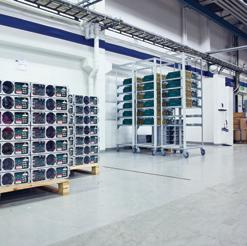
Product M ana ge r G o r a n Stenmar k
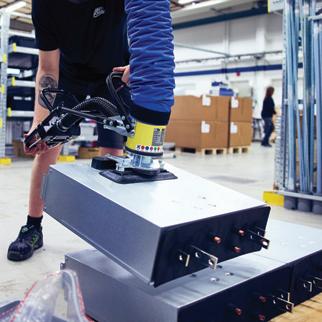
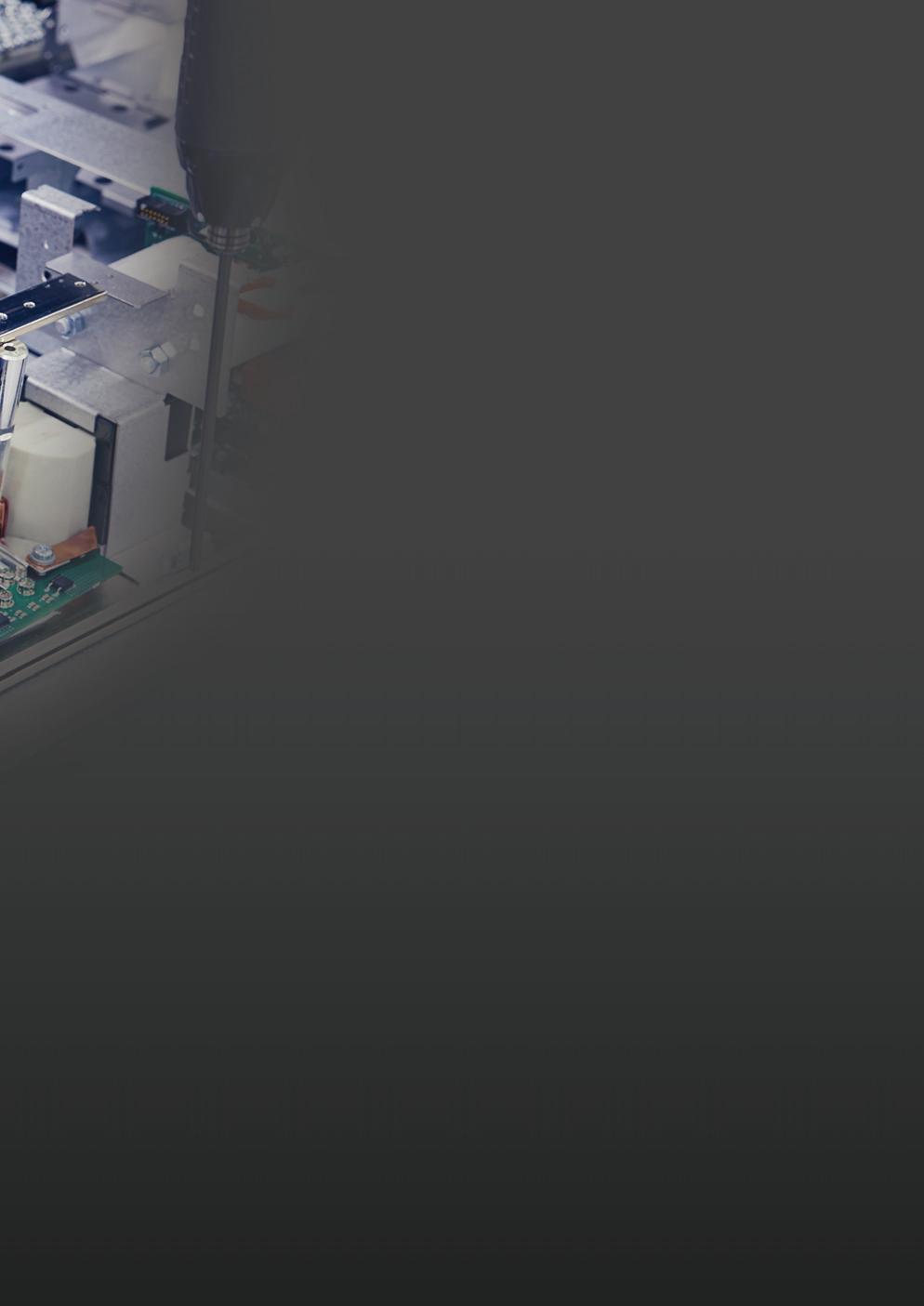
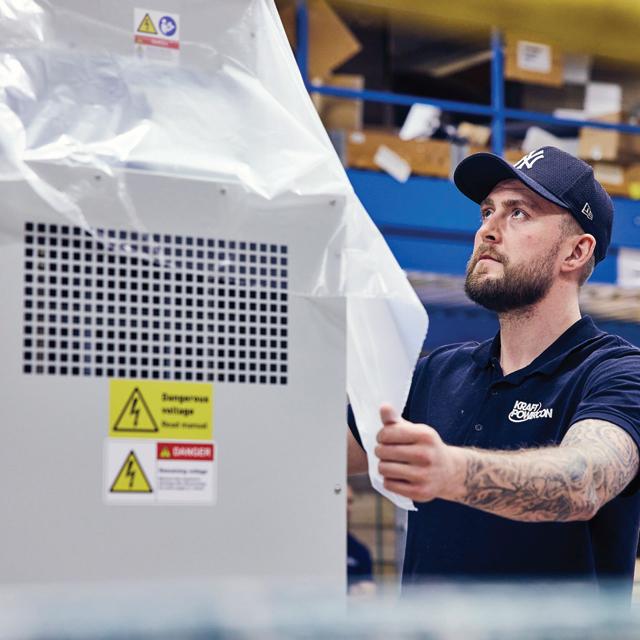
is a short 10-minute drive from Gimpo International Airport, an intentional decision to enable fast airfreight deliveries of urgent spare parts to customers anywhere in the world as well as convenient staff transport to those same sites.
Inside, the building features breathtaking views of the Han River Bridge across to nearby mountains. The offices are warmly lit and the staff operate from ergonomic, heightadjustable desks with dual-monitor displays.
The modern facility includes an outdoor garden, a well-appointed staff gym, various meeting rooms, and a bright and airy visitor lounge for casual meetings.
Covid challenges
Supply chain chaos as a result of Covid continues to afflict companies around the world, and KraftPowercon is feeling the effects as well.
“Today, our biggest challenge is increasing material costs – they’ve really increased a lot recently,” Mr Stenmark confirmed. “We’re also experiencing a lot of delivery delays in the supply of the components and materials we require. It’s a major difficulty right now in building our equipment. So far we’ve managed to stay on top of our production, but it’s taken a lot of hard work and money!”
With crucial implementation deadlines for ballast water treatment systems looming, Mr Rochhausen shed some light on the supply chain crunch faced by the company that is putting strain on its production.
“2022 and 2023 are the big years for ballast water treatment system retrofits, but we’re struggling to get the components and handle all of the cost increases – not only in the cost of the components themselves but also in the cost of sea and air freight.”
In conclusion, Mr Rochhausen expressed optimism that Covid numbers will be brought under control sufficiently to allow for important industry exhibitions to resume. “There are several planned for 2022 that we will certainly participate in. That’s exciting.” n
